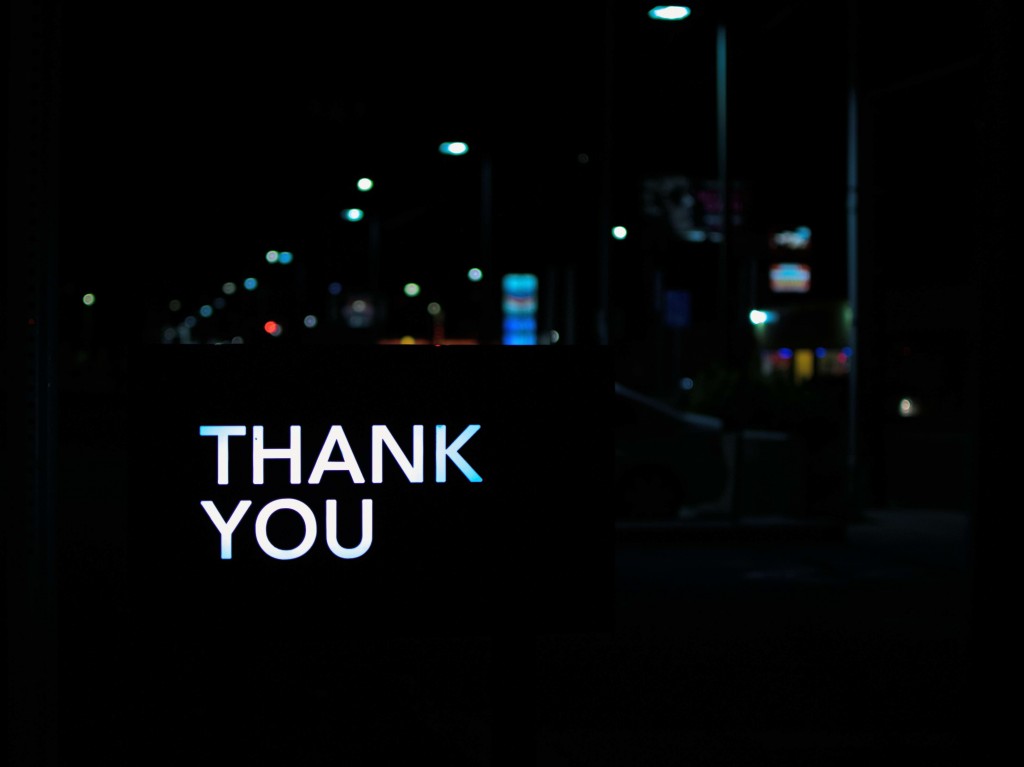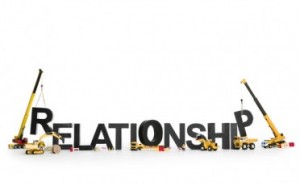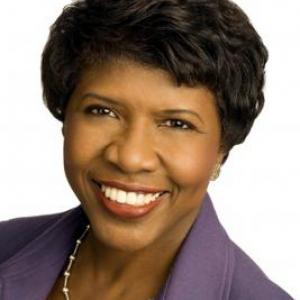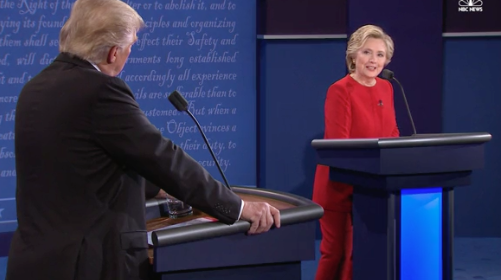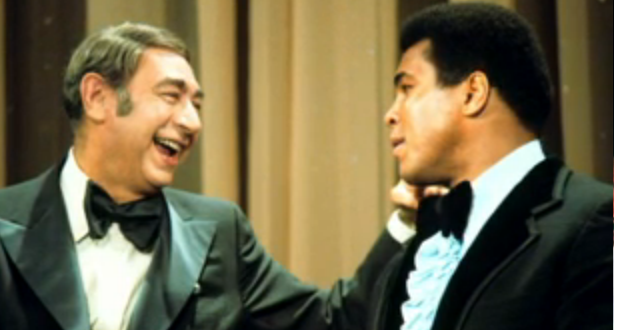Beyond the athletic feats, moments of tension, and unexpected twists and turns throughout the Wimbledon 2018 tennis championship games, one thing stood out most prominently to me: The level of professionalism presented by the players.
We all know what it takes to be a professional, yet, sometimes we need to be reminded of (or even share an article or blog post on the topic) what it takes to be a professional, and what it looks like when you see it in action.
And there was a lot of action in this year’s tournament. A lot of slipping and sliding on the grass in Centre Court. Many audible gasps from the crowd. Every step of the way, professionalism was there.
Let Wimbledon 2018 inspire you to push your level of professionalism. Here’s what I noticed:
Focus. One look into the eyes of any professional player, and you could see that look of deep focus and determination. While players experienced being down…sometimes in points or in games, they persevered and remained focused. How do you remain focused when you are under tremendous pressure?
Grace. There was no stomping off the court, huffing, puffing, swearing, or racket smashing. Those days (hopefully) are over in professional tennis. Instead, there was an intensity of intention. Winners and losers exhibited great grace. When Serena Williams was asked about her finals match with Angelique Kerber of Germany, she spoke of her opponent with grace and true admiration. As they embraced on Centre Court after Kerber’s win of the ladies’ singles title, you could see that the two players admire and respect each other. During interviews, they spoke of their respect for one another. How do you demonstrate grace?
Self-motivation. The key phrase that many tennis players repeat after executing an exceptionally fine play is “Come on!” It becomes a mantra to push them through to the next play and hopefully a win. When you find yourself faced with what may seem like insurmountable challenges, push yourself by silently saying “Come on!” Your motivation may inspire others.
Mastery. Those professionals who reach the top of their game are those who have put in tens of thousands of hours to master their skill. Seeing Wimbledon’s players in action, they remind us of what it takes to reach the master level. What else do you need to do to continue improving your mastery?
Match-Up. No matter the sport, the true mettle isn’t tested until the match-up occurs. It takes a while to figure out what the other person’s or other team’s strengths are. Then you have to decide on how to play to those strengths. We saw it at Wimbledon this year. Some of the matches were brutal, like the match between John Isner and Kevin Anderson, which lasted nearly seven hours. Anderson went on to compete in the men’s singles final and lost to Novak Djokovic. Consider your own match-ups through your work team, project teams, or special committees. What adjustments must be made to improve performance? Are there better match-ups ahead for you?
While your daily challenges and pressures in the workplace may pale by comparison to those of Wimbledon, let the championship game inspire you to stretch your potential as a professional. With proper focus, grace, self-motivation, mastery, and match-up, you can experience your own version of a Centre Court victory.


